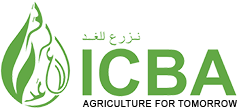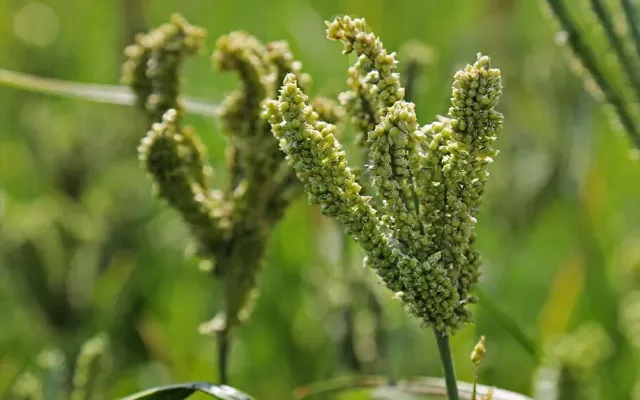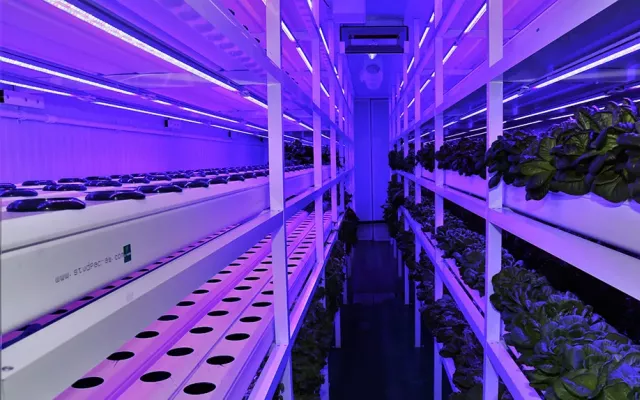Seeds list

1. Foxtail millet (Setaria italica)
Foxtail millet is an annual crop grown for human food. It is the second-most widely planted species of millet and the most grown minor millet species in Asia. It is commonly cultivated in dry, upland regions, as it is a highly drought-tolerant crop.

2. Wheat (Triticum aestivum)
Wheat is widely cultivated for its seed, a cereal grain which is a worldwide staple food. Wheat is grown on more land area than any other food crop. Globally, it is the leading source of vegetable protein in human food, having a protein content of about 13%.

3. Quinoa - white (Chenopodium quinoa)
Quinoa a herbaceous annual plant grown as a crop primarily for its edible seeds. Its seeds are rich in protein, dietary fiber, vitamins, and dietary minerals in amounts greater than in many grains. It is high salinity and drought-tolerant crop. It possesses one of the highest lysine content comparing to the different plant sources. It is gluten-free and has a low glycemic index hence good for gluten intolerant and diabetic people.

4. Quinoa - black (Chenopodium quinoa)
Quinoa a herbaceous annual plant grown as a crop primarily for its edible seeds. Its seeds are rich in protein, dietary fiber, vitamins, and dietary minerals in amounts greater than in many grains. It is high salinity and drought-tolerant crop. It possesses one of the highest lysine content comparing to the different plant sources. It is gluten-free and has a low glycemic index hence good for gluten intolerant and diabetic people.

5. Quinoa - red (Chenopodium quinoa)
Quinoa a herbaceous annual plant grown as a crop primarily for its edible seeds. Its seeds are rich in protein, dietary fiber, vitamins, and dietary minerals in amounts greater than in many grains. It is high salinity and drought-tolerant crop. It possesses one of the highest lysine content comparing to the different plant sources. It is gluten-free and has a low glycemic index hence good for gluten intolerant and diabetic people.

6. Barley (Hordeum vulgare)
Barley is a major cereal grain grown in temperate climates globally. Barley has been used as animal fodder, as a source of fermentable material for certain distilled beverages, and as a component of various health foods. It is the most salt-tolerant among the major cereal crops.

7. Pearl millet (Pennisetum glaucum)
Pearl millet is the most widely grown type of millet. It has been grown in Africa and the Indian subcontinent since prehistoric times. Pearl millet is well adapted to growing areas characterized by drought, low soil fertility, and high temperature.

8. Sorghum (Sorghum bicolor)
Sorghum native to Africa with many cultivated forms is an important crop worldwide, used for food (as grain and in sorghum syrup or "sorghum molasses"), animal fodder, and biofuels. It is a relatively salt and drought-tolerant crop.

9. Triticale (Triticosecale)
Triticale is a hybrid of wheat (Triticum)and rye (Secale). It is grown mostly for forage or fodder, although some triticale-based foods can be purchased at health food stores and can be found in some breakfast cereals. It is a salt-tolerant crop.

10. Cowpea (Vigna unguiculata)
The cowpea is an annual herbaceous legume. Due to its tolerance for sandy soil and low rainfall, it is an important crop in the semiarid regions across Africa and Asia. The plant fixes atmospheric nitrogen, making it a valuable crop for resource-poor farmers and well-suited to intercropping with other crops.

11. Barnyard millet (Echinochloa frumantacea)
Barnyard millet has become one of the most important minor millet crops in Asia, showing a firm upsurge in world production. Its grain is a good source of protein, carbohydrate, fiber, and, most notably, contains more micronutrients (iron and zinc) than other major cereals. It is a very hardy crop for drought and hot conditions.

12. Sesbania (Sesbania sesban)
Sesbania is a fast-growing, perennial legume tree, reaching a height of up to 5 m. It is used as forage (grazed or cut-and-carried), and as green manure. It provides good quality firewood and fiber for cordage. Leaves, flowers, and seeds are eaten by humans (the seeds as famine food).

13. Mung bean (Vigna radiata)
The mung bean is a plant species in the legume family. The mung bean is mainly cultivated in East Asia, Southeast Asia, and the Indian subcontinent. Mung beans are increasingly used in plant-based meat and egg alternatives. It is a highly drought and heat tolerant crop.

14. Salicornia (Salicornia bigelovii)
Salicornia is a succulent, halophyte (salt-loving) flowering plant in the family Amaranthaceae that grows in salt marshes, on beaches, and among mangroves. It is used as a vegetable and has the potential to be cultivated as an oilseed and fodder crop.

15. Guar (Cyamopsis tetragonoloba)
The guar is an annual legume and the source of guar gum. Guar has many functions for human and animal nutrition, but the gelling agent in its seeds (guar gum) is the most important use. It is a very drought and heat tolerant crop.

16. Safflower (Carthamus tinctorius)
Safflower is commercially cultivated for vegetable oil extracted from the seeds. It is also used as fodder and ornamental. It is a highly drought and heat tolerant plant.

17. Buckwheat (Fagopyrum esculentum)
Buckwheat, a pseudocereal plant cultivated for its grain-like seeds and as a cover crop. It is cold tolerant and very short duration crop and cultivated for grain. Its seed is rich in protein (18%).

18. Amaranth (Amaranthus sp.)
Amaranth is cultivated as leaf vegetables, pseudocereals, and ornamental plants. It is also used as a fodder. It is a drought and heat tolerant crop.









